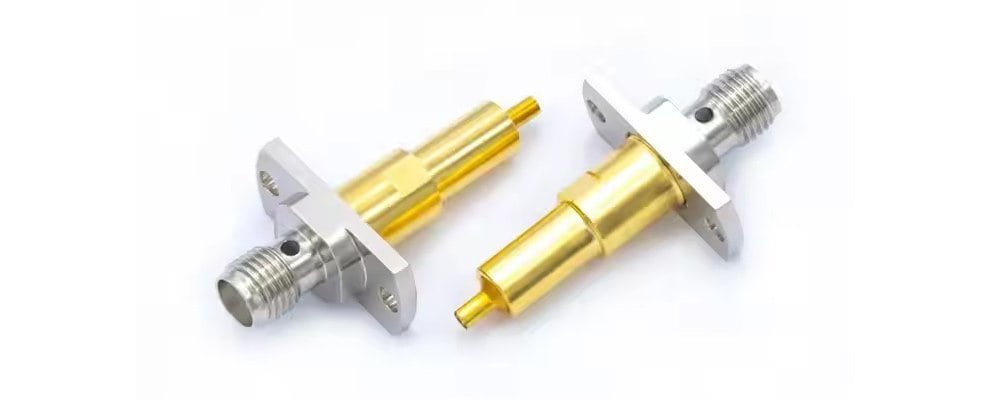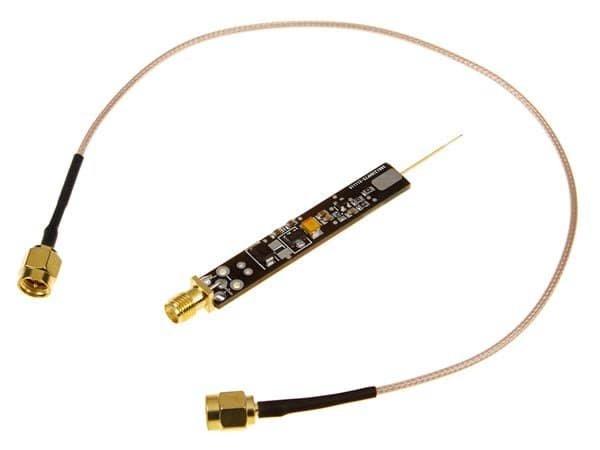What are RF probes used for?

25
Jun
 Coaxial Cable Assembly
Coaxial Cable Assembly
 Microwave Test Cable
Microwave Test Cable
 Coaxial RF Connector
Coaxial RF Connector
 Coaxial RF Adapter
Coaxial RF Adapter
 Coaxial RF Termination
Coaxial RF Termination
 Coaxial RF Test Probe
Coaxial RF Test Probe
 Coaxial RF Attenuator
Coaxial RF Attenuator
 RF Switches
RF Switches
 Coaxial RF Power Dividers
Coaxial RF Power Dividers
In the fast-paced world of radio frequency (RF) testing, precision is everything. Engineers rely on tools like the RF probe, with the GSG probe standing out as a key player. But what are RF probes used for, and why are GSG probes so vital? This article explores their purpose, features, and how to choose the right one, offering a clear guide for B2B professionals seeking reliable testing solutions.
Coaxial RF test probe and RF test probe are indispensable for precise RF signal measurement in wireless electronic circuits, especially for wafer-level testing. Using a coaxial rf test probe, engineers conduct technology development, model parameter extraction, design validation and production testing without packaging errors. The GSG probe’s specialized geometry delivers exceptional high-frequency performance.

The GSG (Ground-Signal-Ground) probe is a top choice in RF testing. Its setup—with a signal line between two ground lines—reduces interference and ensures signal clarity. This makes GSG probes perfect for high-frequency testing in semiconductor manufacturing. They help engineers spot defects early, saving time and costs by ensuring only quality devices move forward.
The GSG probe tip and pitch are crucial for accurate testing. The probe tip makes direct contact with the device, and its quality affects measurement precision. The GSG probe pitch—the spacing between tips—must align with the wafer’s pad layout, typically ranging from 50 μm to 300 μm. Smaller pitches suit high-frequency needs, ensuring reliable results.
GSG probes pair with GSG probe stations for stable, precise wafer testing. These stations allow exact positioning of the GSG RF probe, delivering consistent measurements. Features like temperature control and automation in advanced stations boost efficiency, making them a must-have for modern RF testing setups.
Picking the right GSG probe involves a few key considerations:
Calibration is also vital. Using proper standards ensures your GSG probe delivers trustworthy data every time.
GSG probes shine in various scenarios:
Understanding these uses helps engineers select the best GSG probe for their projects.
GSG probes are game-changers in RF testing, blending accuracy and reliability. From wafer testing to RF module analysis, their design meets diverse needs. By grasping their features and selection criteria, businesses can optimize testing processes and ensure top-quality outcomes. Ready to enhance your RF testing? Explore GSG probe options today!
 Coaxial Cable Assembly
Coaxial Cable Assembly
 Microwave Test Cable
Microwave Test Cable
 Coaxial RF Connector
Coaxial RF Connector
 Coaxial RF Adapter
Coaxial RF Adapter
 Coaxial RF Termination
Coaxial RF Termination
 Coaxial RF Test Probe
Coaxial RF Test Probe
 Coaxial RF Attenuator
Coaxial RF Attenuator
 RF Switches
RF Switches
 Coaxial RF Power Dividers
Coaxial RF Power Dividers Coaxial Cable Assembly
Coaxial Cable Assembly
 Microwave Test Cable
Microwave Test Cable
 Coaxial RF Connector
Coaxial RF Connector
 Coaxial RF Adapter
Coaxial RF Adapter
 Coaxial RF Termination
Coaxial RF Termination
 Coaxial RF Test Probe
Coaxial RF Test Probe
 Coaxial RF Attenuator
Coaxial RF Attenuator
 RF Switches
RF Switches
 Coaxial RF Power Dividers
Coaxial RF Power DividersNo account yet?
Create an Account